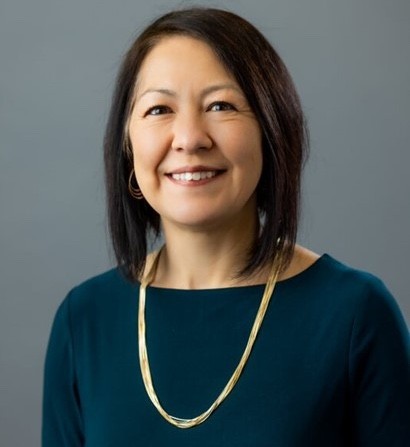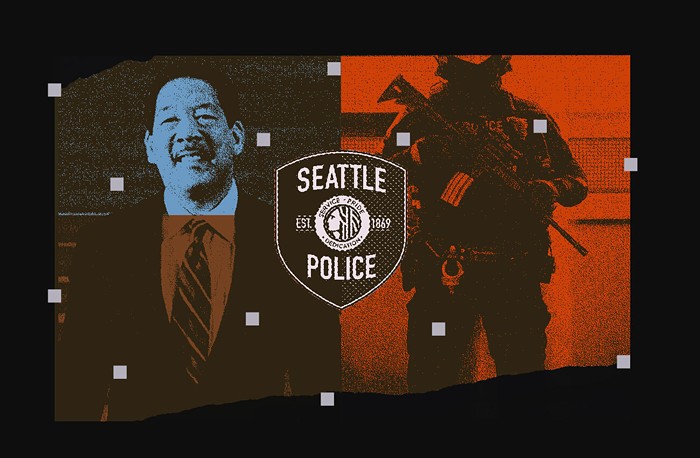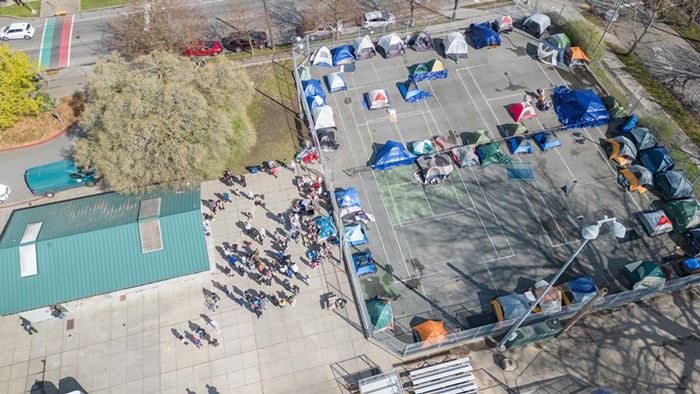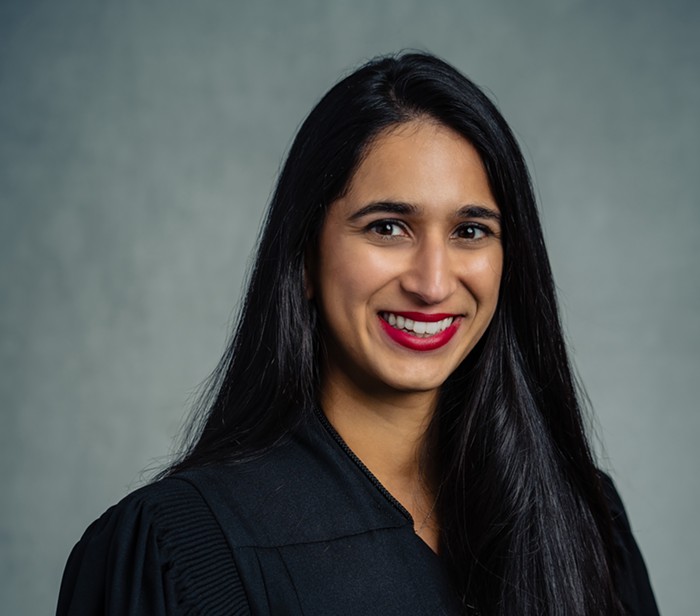Last Wednesday, April 12, dozens of speakers lined up to lambaste a proposal by Mayor Greg Nickels that would create a red-light district, of sorts, in a narrow wedge of the Duwamish industrial area bordering Georgetown and SoDo. The mayor proposed the strip-club zone after a court decision that ruled a 17-year-old "moratorium" on new strip clubs in Seattle unconstitutional, opening the door for new clubs to open in commercial areas across the city. (To date, despite concerns that the city would be inundated with new strip clubs, not one new strip-club permit has been filed.) The mayor ostensibly chose the area because it's far away from churches, schools, daycares, and single-family neighborhoods—areas where the city believes strip clubs would be inappropriate. (Georgetown residents have a different perspective, noting that in recent months, the city and county have located sex-offender housing and a new transfer station for the city's garbage near their still-struggling neighborhood.)
The most surprising thing about the strip-club hearing was not so much the unanimity of the speakers' opposition—it's no big secret that no one wants strip clubs in their neighborhood—but their willingness to accept some strip clubs as long as they're dispersed throughout the city. Speakers from Beacon Hill, South Park, Georgetown, and even Lake City (where the largest of the city's four strip clubs, Rick's, is located) expressed dismay that the city would dump yet another "blight" on South Seattle, and agreed that a proposal that kept strip clubs 1,000 feet from churches, schools, and daycares but allowed them citywide would be the "fair and equitable" thing to do. (Whether strip clubs actually constitute a blight is debatable: City crime statistics, requested by Rick's as part of its protest against separate regulations prohibiting lap dances and requiring bright lights in strip clubs, show no clear correlation between strip clubs and crime.) "There is a faint whiff of classism in putting something we would rather not deal with in a neighborhood that isn't ours," one speaker said. Another, George Robertson, went further, arguing that it makes little sense for the city to ban strip clubs near churches and schools if it doesn't ban "other harms we visit on churches and schools," like major arterial roads and freeways.
In the last week, both daily newspapers reported that planning committee chairman Peter Steinbrueck does not plan to consider alternatives to the mayor's proposal. However, last week, he decided to delay the plan by sending it to the city's planning commission, asking for the group's "views on the model proposed by the mayor, where new adult cabarets would be limited to one area of the city, versus a model where they would be allowed citywide but required to be a certain distance from specified uses."
And at the end of last week's hearing, Steinbrueck seemed unusually interested in public input. He even asked the audience a direct question: How many people would accept a dispersement approach, in which strip clubs can be located throughout the city? At least three-quarters of those in the packed council chambers raised their hands. Then Steinbrueck asked another question: How many would accept dispersement if it meant one or more strip clubs in their neighborhood? After some hesitation, nearly everyone raised their hands again. After the hearing, Steinbrueck said it was "fascinating" to see so much support for a citywide approach, adding that he'd take "a serious look" at such a proposal. "I heard very compelling testimony from members of the three surrounding communities that gave me cause for pause," Steinbrueck said, "particularly the inference that the South End is the dumping ground for all the unwanted things that the city can find no other place to put." If the planning commission decides to take up the strip-club issue, it could be weeks or months before it lands back in the council's hands.
barnett@thestranger.com

















